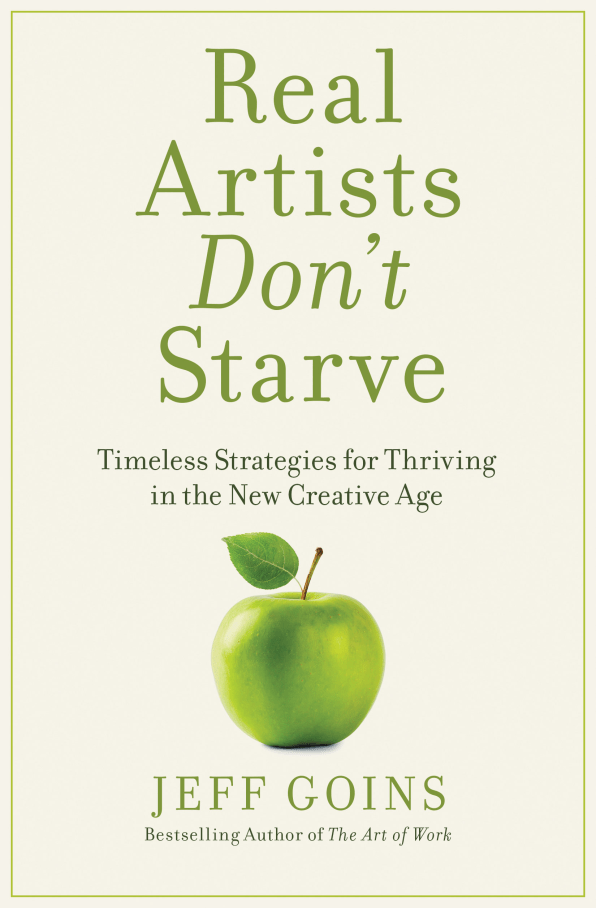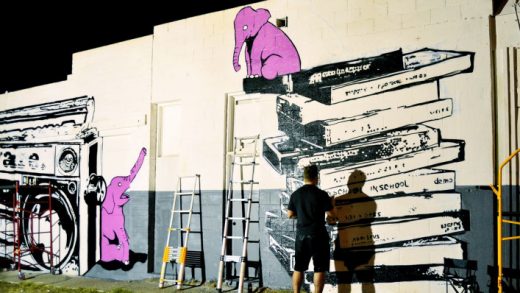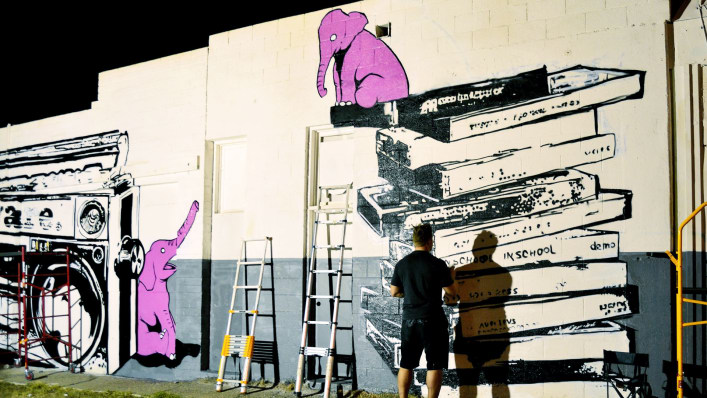Dear Art School Grads, Do What You Love—But Never For Free
Congrats on earning that diploma! Now you’re ready to hit the job market—or possibly break the news to your parents that you don’t intend to, because what you really want to do is become a full-time artist, writer, musician, actor, or whatever creative pursuit you have your heart set on.
And, hey, it is possible to make money from your art without “selling out.” But it won’t just happen.
Even if your dream job is to do something creative full-time—especially while working for yourself—you’ll still have to get used to the business side of whatever you do. That means shaking some of the habits you might’ve learned in college to produce great work, or ditching some assumptions (about getting your foot in the door, among others) that led you to take that unpaid internship last summer.
Above all else, it means always charging what you’re worth—starting now, no exceptions.
Charging Brings Dignity To Your Craft
Few of us, especially when we’re starting out, are comfortable with asking for money for anything, but particularly things we enjoy. This is all the more true for creative people, who tend to do free gigs in hopes of building a portfolio, while the world does little to dissuade them from such madness. We’re told to offer our services at no charge in exchange for “exposure” or because “it’s a good opportunity.” Don’t buy it.
A study of unpaid internships explored this question a few years ago. For three years, the National Association of Colleges and Employers asked graduating seniors whether they received a job offer after a paid or unpaid internship, and for all three years the results were the same: Unpaid internships don’t give college grads an advantage at all. In fact, more often than not, these unpaid “opportunities” put them at a disadvantage.
Out of the roughly 9,200 students surveyed, 63% of those with paid internships received at least one job offer, whereas only 37% of those who were not paid received offers. When it came to salary, the results were even worse. For those who were offered jobs, the unpaid interns received less money than those without any internship experience, period.
Working for free is not the “opportunity” we often think it is. Opportunity doesn’t pay the bills. Exposure won’t put food on the table. And working for free—especially early on in your career—sets a bad precedent that’s hard to break later. You can’t just constantly do a favors for people and expect it to lead to anything other than bankruptcy.
The Rule Of Value
New grads are routinely instructed to follow their passions, but they’re rarely exhorted as passionately to make money from them. Yet it’s rare that even the most passion-driven work gets produced without some kind of economic motive.

Imagine if Michelangelo had never charged for his art. Would he have been able to create such a massive body of work, spending most of a century on it? What about Hemingway? If he had written only for the love of his craft, would the world have ever received The Old Man and the Sea? It’s doubtful. Here we’re faced with an important principle, the “Rule of Value”: Starving artists work for free; thriving artists—like professionals generally—know what they’re worth. As artists, we have to value our work before others do.
One of the oldest lies that far too many creative, talented grads enter the workforce believing is that if you do something you love and charge for it, the money somehow taints the work. When it comes to some trades, payment is expected (and—sometimes just as unfairly—room for creativity isn’t); but with writers, photographers, designers, and other artists, consumers seem to think they don’t warrant the same serious treatment that an engineer or carpenter might receive.
Don’t Be A Martyr, Be A Professional
Part of the blame for that belongs to us. Artists, writers, and other creatives are often complicit in devaluing their own work—we, who are already prone to self-doubt and insecurity, feed into the questioning of what real value we offer. So when someone asks for a favor, we go along with the request. Real artists don’t have to get paid to create, do they? Can’t we just do it for the love of it? Maybe not.
When we undervalue our work, we often end up playing the martyr, resenting the free gig halfway through the process. “When I notice myself resenting my clients and wanting to quit,” Melissa Dinwiddie, a writer and artist, recently told me, “I realize I don’t need to quit. I just need to raise my prices. If you’re feeling resentment at all, you’re charging too little.”
In the years since her first-ever commission, Dinwiddie has transitioned from hobbyist to professional. “We live in a culture that takes money very seriously,” she points out. And because we take money seriously, we take seriously the things we pay for. But at the same time, income isn’t everything. Becoming a thriving artist isn’t just about making a living; it’s about setting your work up for success. Money becomes the means to doing more work. In fact, it’s part of the process of becoming an artist, if for no other reason than it affirms you are a professional.
But the decision to be taken seriously is yours alone. You set the tone for how people will treat you, which means you must believe your work is worth charging for.
This article is adapted with permission from Real Artists Don’t Starve: Timeless Strategies for Thriving in the New Creative Age by Jeff Goins.
Starving artists work for free; thriving artists—like professionals generally—know what they’re worth.
Congrats on earning that diploma! Now you’re ready to hit the job market—or possibly break the news to your parents that you don’t intend to, because what you really want to do is become a full-time artist, writer, musician, actor, or whatever creative pursuit you have your heart set on.
Fast Company , Read Full Story
(53)














